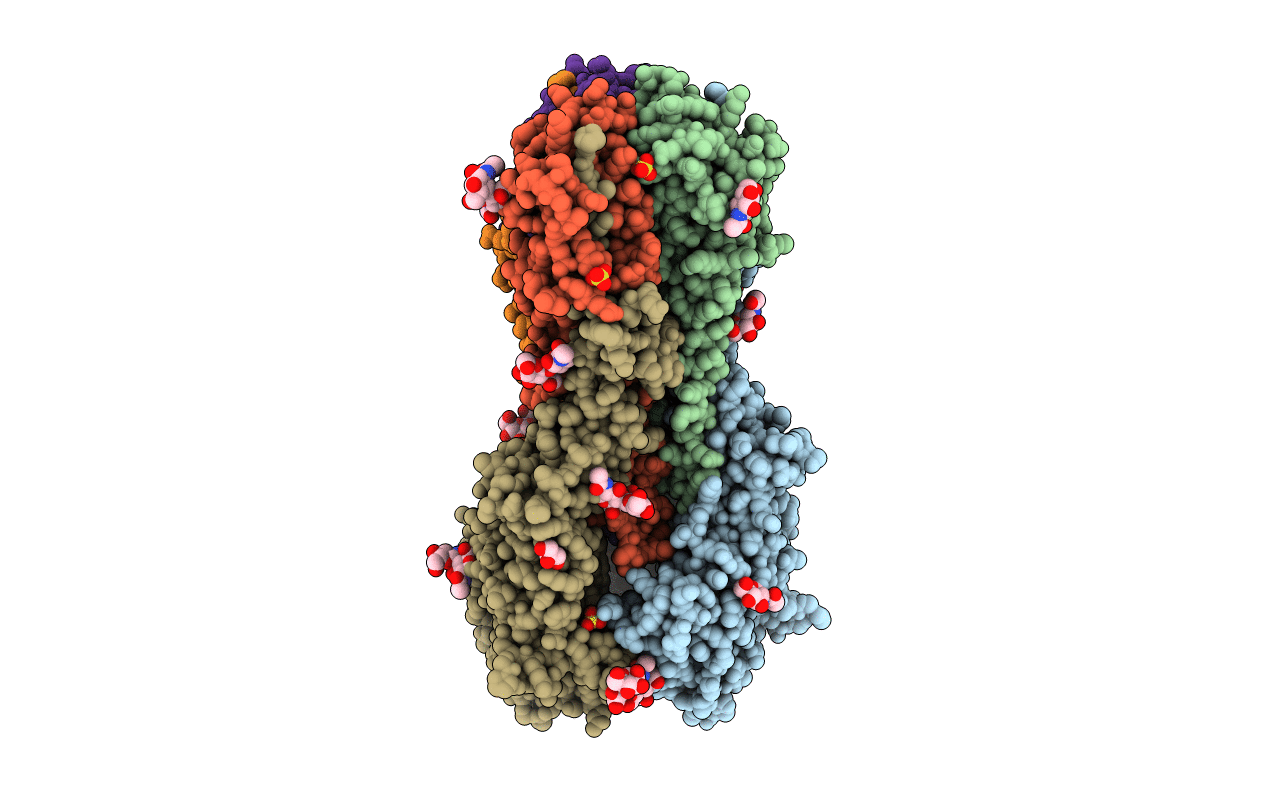
Deposition Date
2012-06-19
Release Date
2012-09-19
Last Version Date
2024-11-06
Entry Detail
PDB ID:
4FNK
Keywords:
Title:
Crystal structure of the A/Hong Kong/1/1968 (H3N2) influenza virus hemagglutinin
Biological Source:
Source Organism:
Influenza A virus (Taxon ID: 506350)
Host Organism:
Method Details:
Experimental Method:
Resolution:
1.90 Å
R-Value Free:
0.18
R-Value Work:
0.16
R-Value Observed:
0.16
Space Group:
C 2 2 21


